Differences and common features of single-mode and multimode optical fiber

Differences and common features between single-mode and multimode fiber
In the field of fiber optic communications, both single-mode fiber and multimode fiber play a key role in facilitating high-speed data transmission over long distances. Although they serve similar purposes and share characteristics, there are distinct differences between the two types of fiber, and each offers unique advantages and applications. What are the characteristics, advantages and applications of single-mode and multimode optical fibers? Learn about the commonalities and differences between the two so you can make informed decisions about your optical network infrastructure.
Differences of single-mode and multimode fiber
Core diameter and light propagation
The primary difference between single-mode and multimode fiber optics is the core diameter and the way light passes through it:
Single-mode fiber (SMF): SMF has a smaller core diameter (typically around 9 microns), which allows only one mode of light to propagate through the fiber. This results in minimal dispersion and attenuation, making SMF ideal for long-distance transmission and high-bandwidth applications.
Multimode Fiber (MMF): On the other hand, MMF has a larger core diameter (typically 50 to 62.5 microns), which allows for simultaneous propagation of multiple light mods. Although MMF can support shorter transmission distances compared to SMF, it is well suited for applications where cost-effectiveness and compatibility with older systems are paramount.
Capacity and data transmission
Another key difference between single-mode fiber and multimode fiber lies in their bandwidth and data transmission capabilities:
Single-mode fiber: offers higher bandwidth and data rates compared to multimode fiber. With its narrow core diameter and low dispersion, single-mode fiber enables transmission over longer distances and supports higher data rates, making it the preferred choice for long-distance telecommunications, backbone networks and high-speed data links.
Multi-mode fiber:Although multimode fiber has lower bandwidth and data transmission capabilities compared to single-mode fiber, it is still widely used in short-range applications such as local area networks (LANs), campus networks and data centers. The larger core diameter of multimode fiber allows for easier interconnection of light sources and connectors, simplifying installation and reducing the cost of shorter-distance connections.
Cost and installation
Cost and ease of installation are also factors to consider when choosing between single-mode fiber and multimode fiber:
Singlemode fiber: typically involves higher installation and equipment costs compared to multimode fiber due to the precision required for alignment and the need for specialized components such as laser sources and detectors. However, the long-term benefits of the higher performance and reliability of single-mode fiber often outweigh the initial investment in long-distance applications.
Multi-mode fiber: is generally more cost-effective and easier to install than single-mode fiber, making it a popular choice for short-distance links and premises cabling. The larger core diameter of multimode fiber allows for less stringent alignment requirements and compatibility with cost-effective light sources such as LEDs (light-emitting diodes).
Distance and application suitability
The choice between single-mode fiber and multimode fiber also depends on specific distance requirements and application scenarios:
Single-mode fiber: is best suited for long-distance transmission applications exceeding several kilometers, including telecommunications networks, metropolitan area networks (MANs) and submarine cables. Its low dispersion and attenuation characteristics make it ideal for fast and efficient long-distance data transmission.
Multi-mode fiber: is commonly used for short to medium distance links, from a few hundred meters to several kilometers. It is ideal for applications such as LANs, campus networks, fiber optic installations and backbone connections in buildings or data centers.
Common features of single-mode and multimode fiber
Optical transmission: Both single-mode fiber and multi-mode fiber are designed to transmit optical signals using the principle of total internal reflection, where light is trapped in the fiber core and guided along its length.
Connectivity: Both types of fiber optics can use the same connector types and termination methods, such as SC (subscriber connector), LC (Lucent connector) and ST (straight termination), to connect to optical transceivers and network equipment.
Applications: Both single-mode fiber and multimode fiber are used in telecommunications, data networks, cable television (CATV), closed-circuit television (CCTV) and other high-bandwidth transmission systems, albeit in different contexts depending on their respective characteristics and performance capabilities.
Industry standards: multimode and single-mode fiber are subject to industry standards established by organizations such as the International Telecommunications Union (ITU) and the Telecommunications Industry Association (TIA), ensuring interoperability and compatibility with network equipment and systems.
In summary, both singlemode and multimode fiber offer distinct advantages and applications in fiber optic communication systems while sharing common characteristics. Single-mode fiber is ideal for long-distance transmission applications requiring high bandwidth and low attenuation, while multimode fiber provides a cost-effective solution for short- to medium-distance links with less stringent performance requirements. By understanding the differences between single-mode fiber and multimode fiber in terms of core diameter, light propagation, bandwidth, cost and application suitability, network engineers can make informed decisions when designing and deploying fiber networks tailored to their specific requirements and budget constraints.














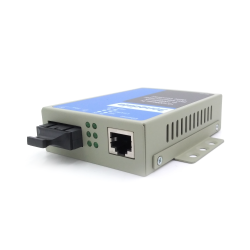
-PB-250x250h.png)
-B-250x250h.png)
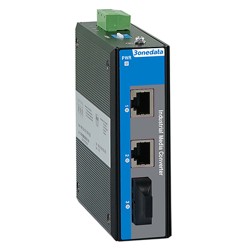
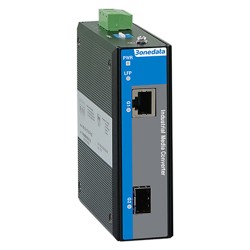
















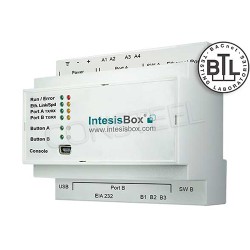
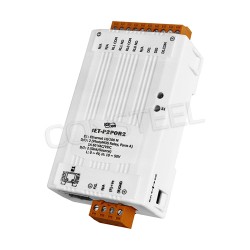
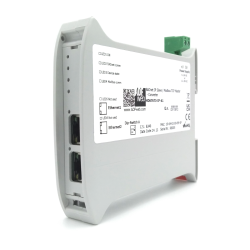

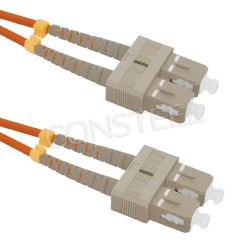
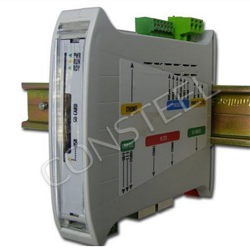
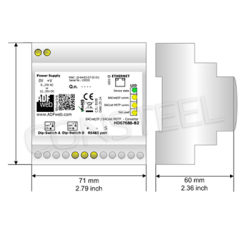
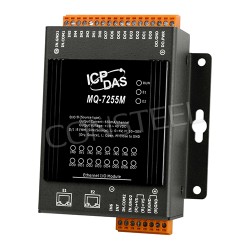
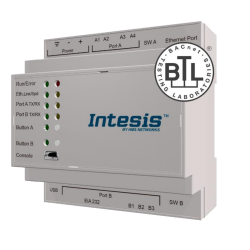
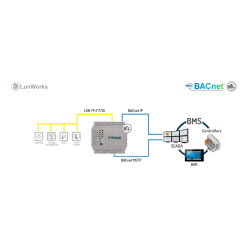
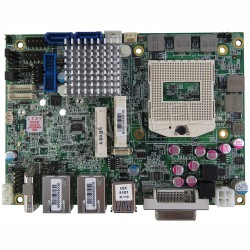
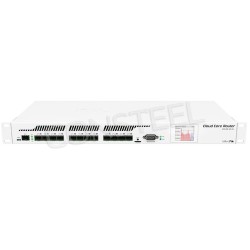

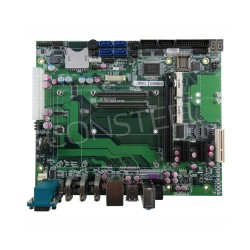
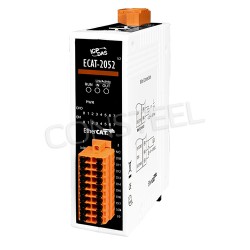
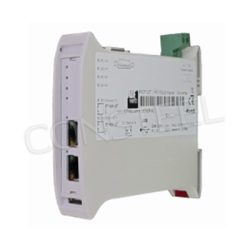
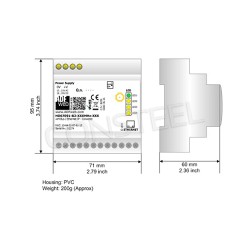
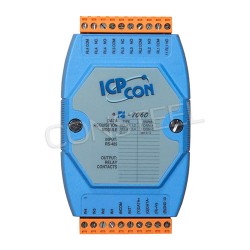

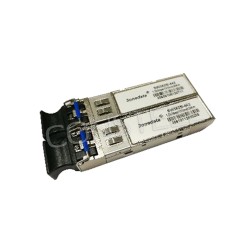
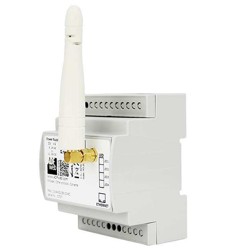
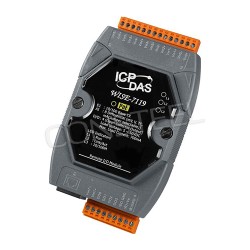
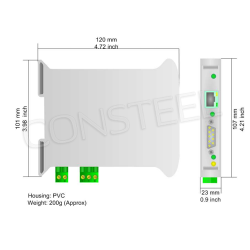
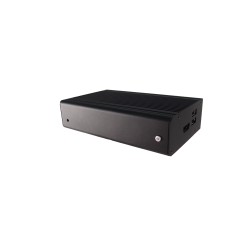
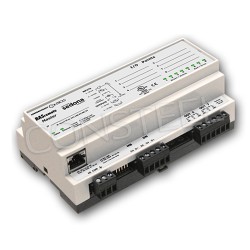

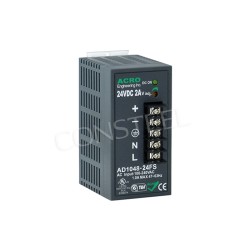
-P-250x250h.png)
-S1-250x250h.png)